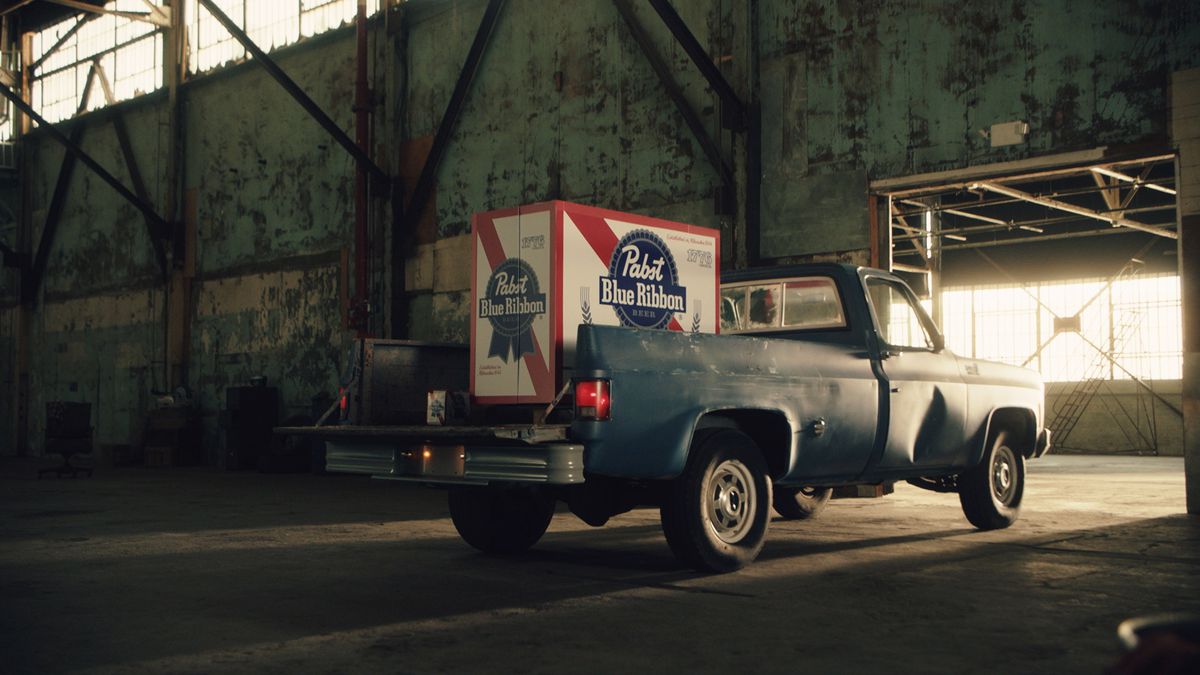While the second half of this year is expected to much better for the North Coast wine business as restaurants and tasting rooms reopen with greater vaccine distribution, the coronavirus pandemic is going to have longer-term impacts on the industry than economic and natural disasters in the past three decades, a key industry analyst said this week.
Long-running and repeated closures of those key sales channels for local wineries are likely to have more impact than the Great Recession, post-9/11 recession, natural disasters such as North Coast wildfires and East Coast hurricanes, and the decline in North Coast wine sales in the late 1980s, said Jon Moramarco, head of BW166 and editor of the closely followed Gomberg Fredrikson Report.
Sales volume for vintners in Napa and Sonoma counties is expected to be down 1.7% for 2020, while top-line revenue is set to be off by 1%–2%, he said. But the pandemic economy has not hit all North Coast vintners and growers equally, as some local wineries that already had distribution of large or small volume to retail stores have fared better than those that were primarily selling through on-premises sales.
“They saw their on-premise business dry up, so they transferred more of their allocations off premise,” Moramarco said to 240 attending the Business Journal’s virtual Wine Industry Conference on Tuesday. “That's helping drive that off-premise number, yet a consumer that was paying $150 or $200 for a bottle of wine on-premise may only be paying $50 now.”
Producers based in the region sold about 80 million cases of wine last year, but the North Coast grape supply only supports production of roughly 22 million cases. So that reflects that larger wineries are producing brands made from grapes and wine from other parts of the state.
Moramarco pointed to direct-to-consumer sales were up about 25% by value and about 14% in value, according to Wines & Vines Analytics. some of the change in value coming from lower-priced wines that were sold in tasting rooms.
While millennials have turned to craft beer and spirits more than wine so far, they may still be a major force in the future for fine wine sales, Moramarco said. He pointed out that baby boomers became top premium wine consumers in 1993 at the average age of 37, and millennials are going to hit that average age in 2023.
“We’ve been expecting too much of them, and there is opportunity there,” he said.
As for the impact of the 2020 wildfires, the full effect of as many as 200,000 tons of California wine grapes getting rejected because of smoke concerns may still coming in the next few years, Moramarco said. Losses could total $3.7 billion, mostly from lost sales of grapes, he found in a study conducted for the Wine Institute, a San Francisco-based industry advocacy group.
He expects those costs to peak in 2023, though some may not materialize as wineries shift release dates for vintages.
“Some that are long on inventory may come into balance, but some that are short on inventory may have to do more to make up for lost sales,” Moramarco said.
The projected revenue impact is about 18% of the $22 billion the wine business generates annually in California, he said.
On the national economy, Wells Fargo senior economist Sarah House told conference attendees that the opening months of 2021 likely will be turbulent for business, but wine consumers have fared better financially in the pandemic.
“There's a large juxtaposition between the rough couple of months we have ahead and what's likely to be a pretty strong second half of the year,” House said.
She anticipates that the U.S. gross domestic product will recover its prepandemic peak set in the fourth quarter of 2019 sometime in the third or fourth quarter of this year.
“It’s important to remember that the economy will still be smaller than it would have (been) otherwise,” House said. “There’s still some productive capacity that we’re not using.”
A big change with the recent economic recession from previous downturns — early 2000s and 2007-2008 — is how it happened. Rather than it coming because of balance sheet issues with businesses or consumers, the latest drop in economic activity has come while household finances overall have been strong, House said.
And different from what had been called the Great Recession, the bottom 50% of households by wealth have done better this time around because their primary source of wealth, their homes, have appreciated in value, rather than dropping, she said.
January 21, 2021 at 03:03AM
https://ift.tt/392bSwh
North Coast wine business will feel effect of the pandemic for some time, expert says - North Bay Business Journal
https://ift.tt/31lUVcw
Wine

No comments:
Post a Comment